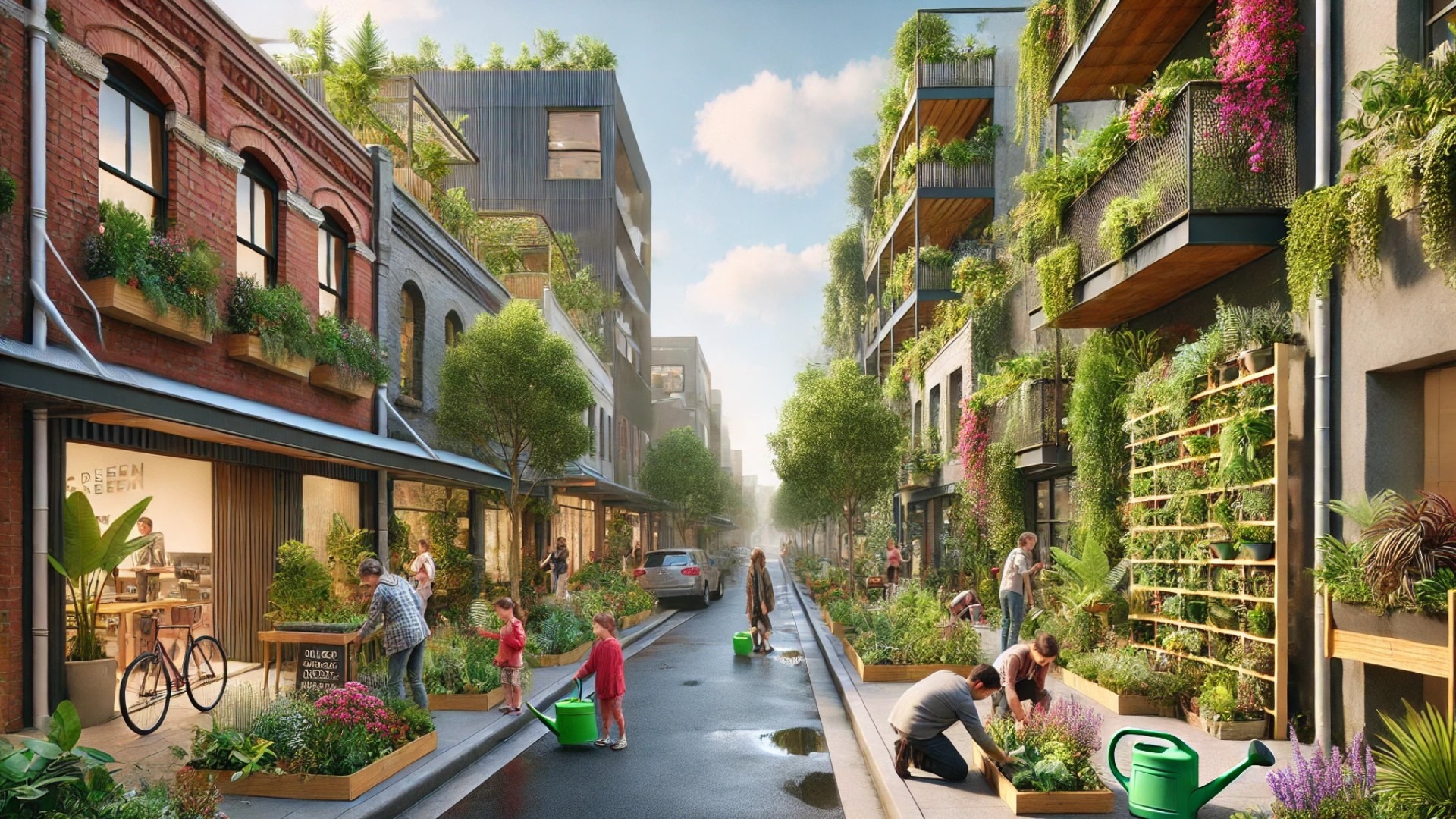
Embracing Nature in Urban Spaces
Imagine walking through a bustling city, enveloped by concrete yet surrounded by the vibrant scene of native plants and green spaces. This is not just a dream; it's becoming a reality in urban areas like Melbourne, where communities are stepping up to become stewards of biodiversity, transforming neglected areas into lush havens. Programs emphasizing community co-design and engagement are leading the charge, illustrating how the combined efforts of residents and local experts can genuinely revitalize urban ecosystems.
Community Engagement: A Key to Biodiversity
Recent research shows that when communities actively participate in biodiversity projects, the results are significantly more effective. A study from the Institute of Development Studies and Natural England highlighted a fascinating correlation: the more individuals are involved in the design and implementation of ecological habitats, the stronger their commitment to sustaining these environments in the long run.
Pioneering Policies in the UK
A prime example can be seen with the UK's Biodiversity Net Gain (BNG) policy, mandating new developments to enhance biodiversity by at least 10%. Since its implementation in early 2024, this policy has served as a testing ground for community-led environmental stewardship. It emphasizes that genuine community involvement, rather than mere technical proficiency, is crucial for achieving successful biodiversity outcomes.
Transformative Phases of Community Involvement
The BNG initiative outlines three transformative phases for community engagement: planning, construction, and long-term management. During the planning stage, gathering local perspectives about habitats and ecological priorities helps guide developers. This early involvement fosters a sense of ownership among community members and encourages them to work collaboratively with those responsible for development.
Melbourne's Approach to Urban Greenery
Melbourne’s Urban Forest Fund exemplifies an inclusive model for fostering community-led biodiversity projects. The fund enables residents to support various sustainability initiatives, such as green roofs, vertical gardens, and water-sensitive urban design. This funding mechanism ensures that community-driven projects thrive and yield long-lasting benefits.
The Impact of Small-Scale Initiatives
Another exciting aspect of urban biodiversity emerges from small-scale initiatives rather than large singular projects. The laneway greening programs throughout Melbourne operate on multiple levels, utilizing spaces that might otherwise remain neglected. By focusing on small, impactful changes—like greening laneways—the city maximizes potential green infrastructure and engages local residents who are invested in its success.
Conclusion: The Collaborative Future of Urban Biodiversity
As communities increasingly embrace their roles as stewards of urban biodiversity, cities worldwide may learn valuable lessons from Melbourne's innovative approaches. By marrying community engagement with thoughtful design, urban areas can transform into vibrant ecosystems that invite life and promote ecological health. Embracing this new paradigm not only leads to thriving cities but also fosters deeper connections between residents and their environments, making our urban spaces not just livable, but truly lively.
 Add Row
Add Row  Add
Add 




Write A Comment